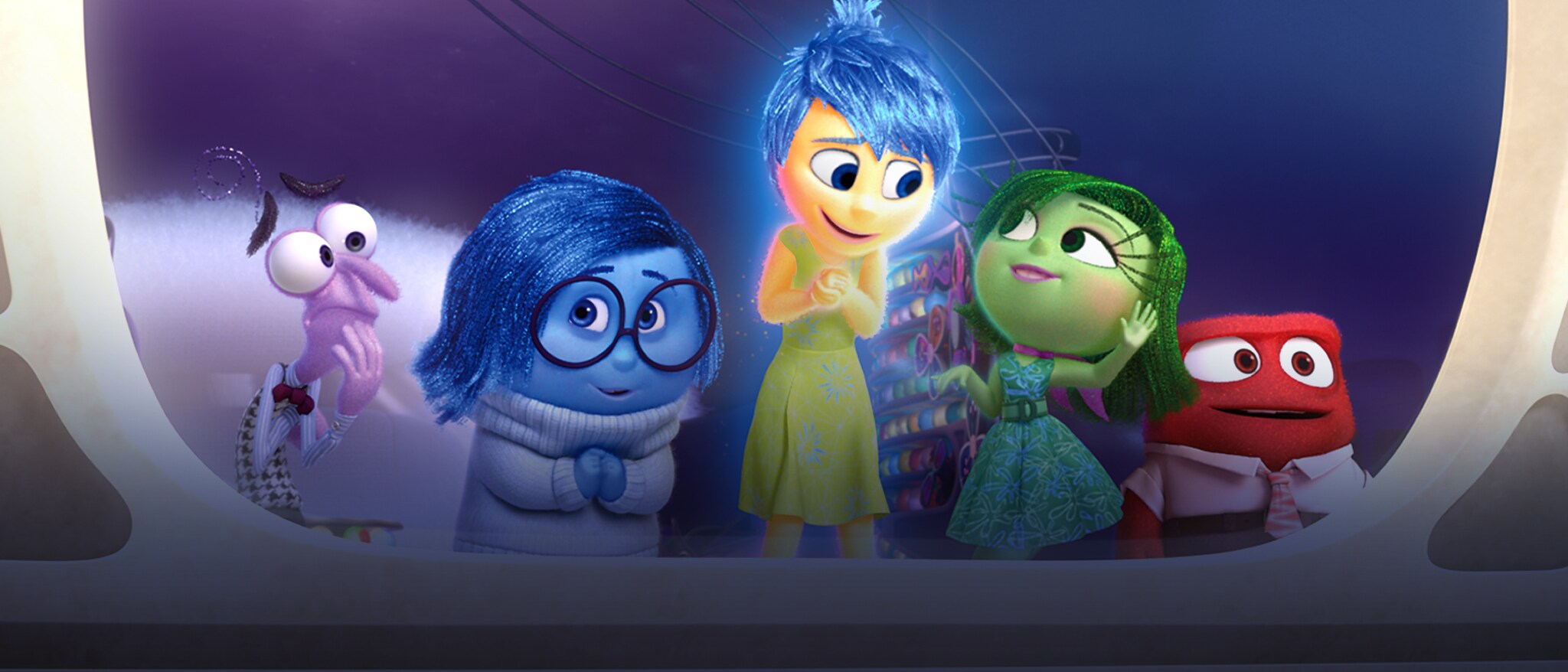

They want to volunteer more and they feel more compassion. And then there are going to be emotions that become more prominent as we become older-we know, for example, that people get kinder as they get older. I think that'd be fascinating to grapple with. I feel so joyful that my daughters are getting older, but I feel sad that they're on their way out of the home. I think that a 50-year-old like me starts to have these really interesting mixed emotions. Younger kids' emotions are purer in a sense. Or what about amusement, the non-serious hilarity of feeling amused? Or sympathy? There are profoundly important emotions that didn't make the cut. Like how can you not talk about love? Paul Ekman, the other consultant on the film, thinks love is not an emotion, but I do. So out of any five, do you think those were the most appropriate five?


I think he had to simplify and he chose wisely because those are pretty well understood emotions. How fun that would be to portray?" Pete was like, "Look, I recognize that there are 15 to 20 emotions, but if we had 15 to 20 characters it would be mayhem." And he was right. Imagine if Riley had had one experience of awe. I've talked to Pete, saying: "Hey, there are these other emotions that are really interesting. But I've devoted my career to the study of newer emotions like embarrassment, amusement, awe, and sympathy. There's a paper coming out, authored by Paul Ekman, where he surveyed a couple hundred emotion scientists and there's a lot of consensus: Yeah, those are the emotions that are a part of our nervous system and our identity. The first wave of emotion science focused on those emotions. Speaking of simplifying things, they used five emotions, and obviously there were narrative reasons for that, but what did they leave out? Do we gain some core emotions as we age? I think people really resonate with that. There they simplified, but I think they captured some fundamental truths-that our minds are relational. But if we think about the real structure of the mind-and they only briefly talked to me about this-it's going to involve not only friendship and family and the imagination, but it's going to involve genetically based traits: Am I really outgoing or not? It's going to involve context. I liked that they had a goofball island for an 11-year-old kid. The five islands of personality-I liked their choices a lot. That's where you just have to simplify for the sake of artistic narrative. What did you think of the visual representation of it all-the islands, the memory balls, etc.? People say they get it, but once you portray that artistically, then people are crying and struck by the existential truth of that notion. Memory is imperfect, that's OK, and emotions are part of the reconstruction of the past. It's so interesting: You may think your memories are a factual representation of events, but in fact we lose a lot of information. How did the filmmakers do in portraying the malleability of emotions? There were moments in the film when sadness would touch a memory and it would become partially blue, or in some cases entirely blue. (Photo: University of California-Berkeley) They guide us in our handling of really important life circumstances, like moves and developmental changes.ĭacher Keltner. One, are really critical to how we look at the world-our perception and our attention and our memories and our judgment. Well, I think that the film really got a couple of big ideas about emotions right. Let's start really broad: What did the film get right? Second was answering Pete's emails, which he literally still sends me to this day, where he asks me really specific science-based questions-like, what is joy, in terms of its physiology? Pete called me up like five years ago and said, "I want to talk to you about this idea for a movie all about emotion." My involvement really had a couple of different pieces: One was to visit Pixar and meet with Pete's core creative team and just talk about science, talk about what we know, talk about the brain, talk about expression. He was talking about other Pixar films and how they portray emotions. I was asked to be on a panel about expression with Paul Ekman. I met Pete Docter at an Association for Psychological Science conference seven or eight years ago. So take me to the beginning: How did you get involved with the making of Inside Out?


 0 kommentar(er)
0 kommentar(er)
